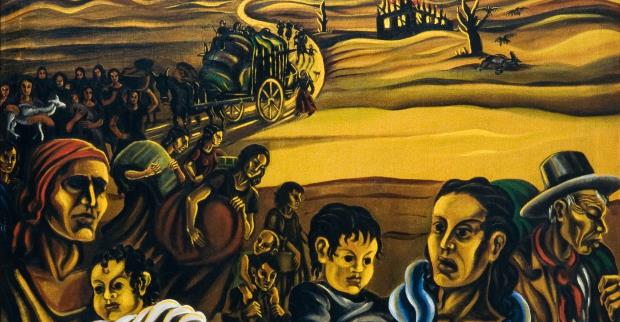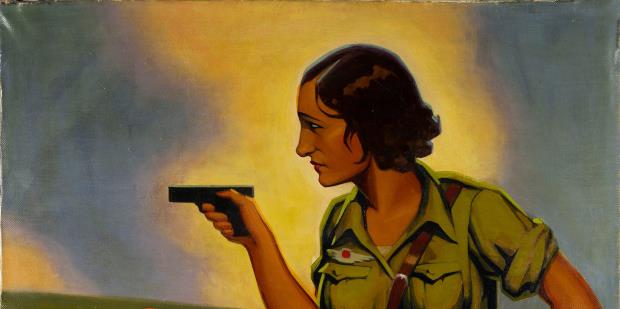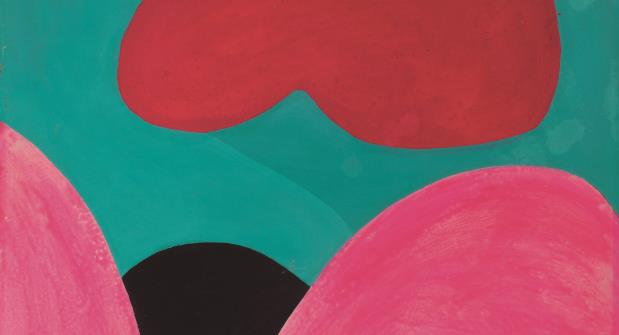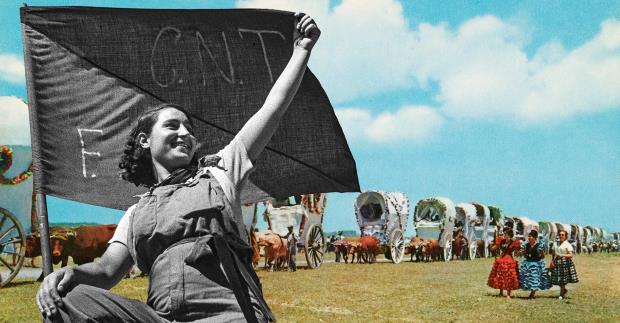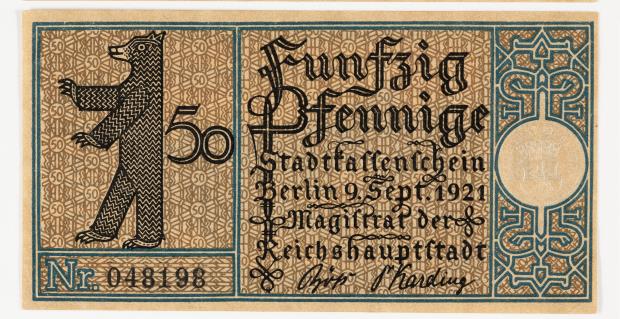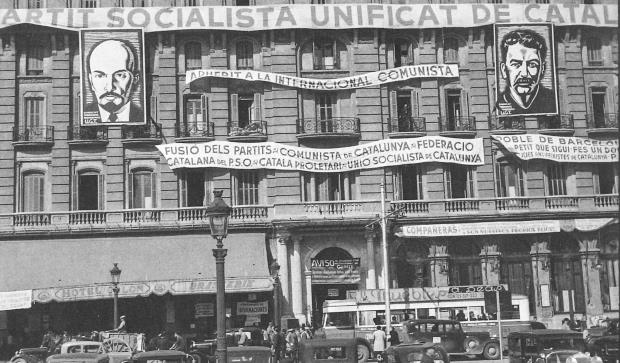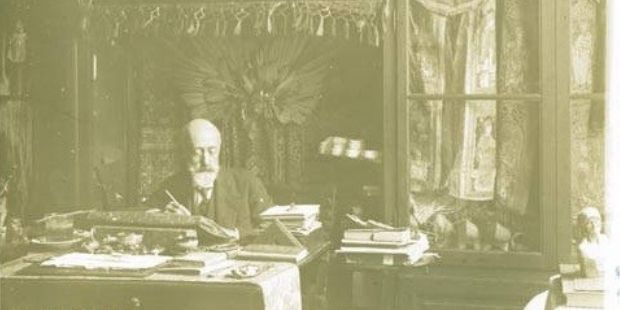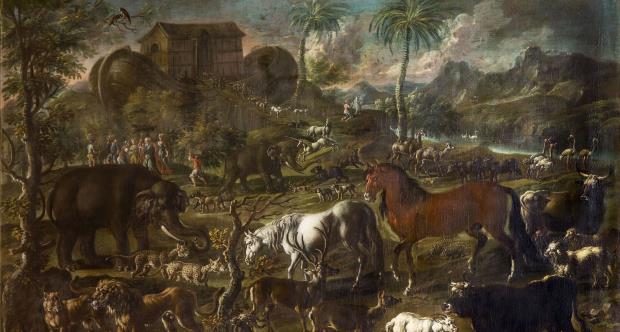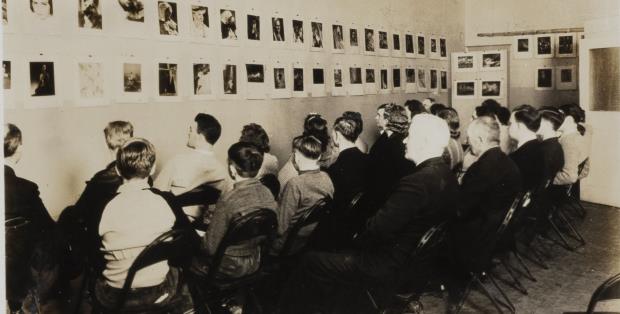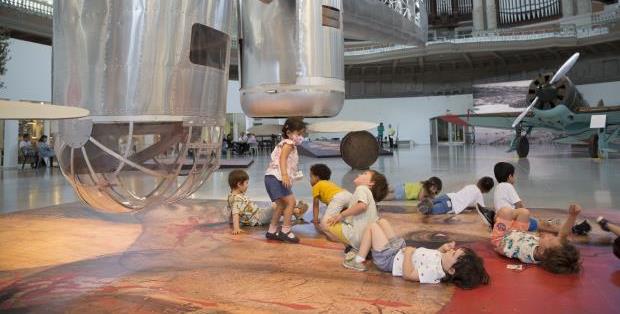
Esther Fuertes and Sandra Figueras We are launching an educational programme! The slogan and image that form the heading of this text define very well the spirit at the heart of the new educational programme for schools. On the one hand, an identifying feature of our collection, the possibility of immersing ourselves in the past…
Read more
